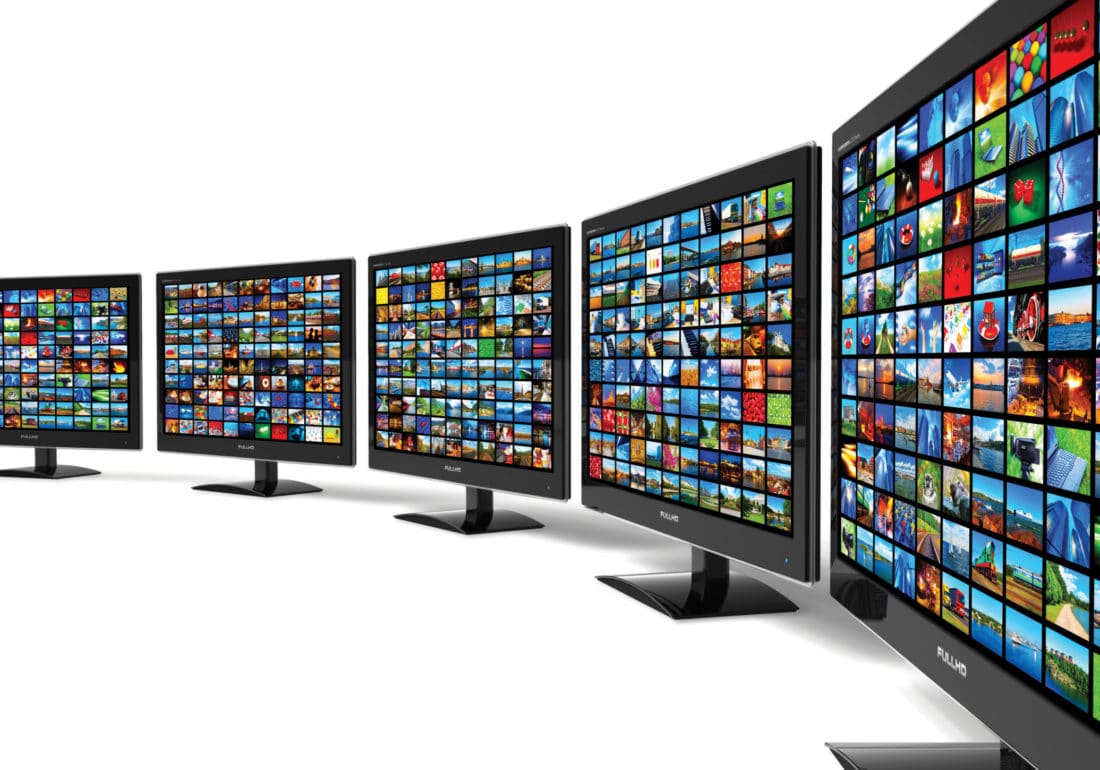On Election Day, Velocitize Explores the Role of Media and Advertising in a Democracy
Is the media angelic?
Far from being “the enemy of the people,” professional news organizations have a halo effect on business and society.
The vast majority of Americans trust their news sources and have a positive perception of brands that advertise in them, according to The News Trust Halo: How Advertising in News Benefits Brands, published by the Interactive Advertising Bureau (AIB) and Magid Research. Of the people surveyed in September, 84% say advertising within the news increases or maintains brand trust.
“News consumers think that brand advertising adjacent to even unsettling and sensitive news has a positive impact on perception of a brand’s trustworthiness,” says Susan Hogan, IAB’s SVP of Research & Analytics. “Rather than shying away from advertising during moments of conflict and chaos, brands that embrace the news could benefit greatly from association with a consumer’s relied-upon sources.”
Ads supporting truth
The study marks a continuation of IAB’s News Saves Lives campaign, which started eight months ago coinciding with the spread of the coronavirus. In March, IAB CEO David Cohen pleaded with American businesses to support news organizations and the public’s wellbeing by placing ads next to pandemic-related news. Some marketers had the misconception that placing their ads next to virus-related news would hurt their brand.
“To put it bluntly, we are at war with a virus. Brand safety must begin with consumer safety,” Cohen wrote. “Healthy consumers and a healthy economy are essential to healthy brands.”
The Halo study provides the data to back up IAB’s position. It analyzes a sampling of 2,029 U.S. consumers (ages 18 to 54) who get national or international news at least weekly. Of those, 46% follow the news daily. (Thirteen percent said they rejected all advertising or never use an ad-supported news source and were omitted from analysis.)
The report was sponsored by American Public Media, CBS Interactive, CNN, Disney, Fox News, NBC News, Reuters, The Wall Street Journal, and The Washington Post.
“Our study breaks the myth that brands should avoid advertising in the news,” Hogan says. “They’re missing a huge opportunity by not placing ads in trusted news outlets during a time of crisis. Advertising within news increases brand trust, regardless of subject matter. For brands, advertising within sensitive news is a big opportunity.”
Researchers also surveyed 322 American business executives between the ages of 30 and 64 who had the title of president or a C-level position. Of those, 70% are white and 69% are male; 49% are Republicans, while 37% are Democrats.
Conversely, in the general population of surveyed news consumers, 40% are Democrats and 33% are Republicans.
Trusted and verified
The way people perceive the news and advertising varies by political affiliation, wealth and occupation. Of the Republicans in the general population, 65% acknowledge the presence of fake news in the sources that they watch, listen to, and read, while 45% of Democrats do so. The IAB did not analyze the statistical difference.
While Americans place considerably more trust in the news sources they use versus those they don’t, U.S. executives’ trust levels are higher across the board. According to the report, executives trust unused news stories around the same level that consumers trust the sources they use.
In the general population, 69% of respondents said their news sources are “trustworthy” but only slightly more than half said other sources can be trusted. Of the executives, 77% said their news sources are trustworthy, and 68% say other sources are as well.
Asked why executives trust the news more than the general population, Hogan said it may have to do with an understanding of business processes needed to create a product. They also may be more familiar with the scrutiny of facts.
How ads can boost your brand
Brands get considerable lift by advertising with professional news organizations. For brands intending to reach the affluent business class, it is even more imperative to demonstrate currency and relevance.
Upon seeing ads in the news, 43% of news consumers in the general population say they are more inclined to visit a brand’s website, search online for information or reviews, or buy something. For executives, the likelihood of taking action is considerably higher; 61% say they are more likely to visit a brand’s website.
Positive brand perceptions remain in place even when people on social media post negative comments about news stories.
“While user-generated comments in social posts/consumer points of view do not tarnish consumer perception of either the advertising brand or the news media presenting the story, news consumers associate negative online comments with the individual making the comment,” the report states. “This is true regardless of whether the news consumer personally agrees with the news story or not.”
Just yesterday, Reuters reported that Twitter and Facebook had “outlined plans for placing warning labels on posts from U.S. election candidates and campaigns that claim victory in advance of official results.”
And the brand played on…
No matter how ugly it gets in the next few days, brands should stay the course. Being in the news means being part of the discussion.
Asked why the IAB published the report just days before the election, Hogan said: “Not only is supporting the news critically important and the right thing to do, it’s the smart thing for brands as they look to grow their business. News is brand safe, increases brand trust, and drives business results. Consumers trust brands more when they run adjacent to news, especially breaking news.”
